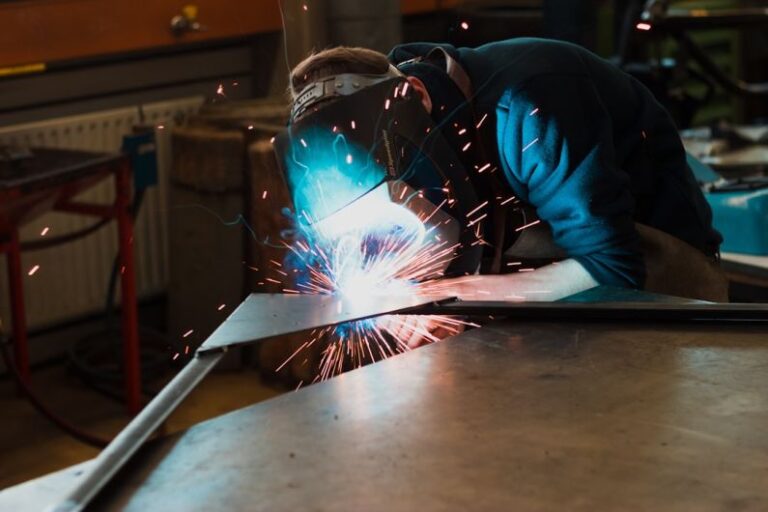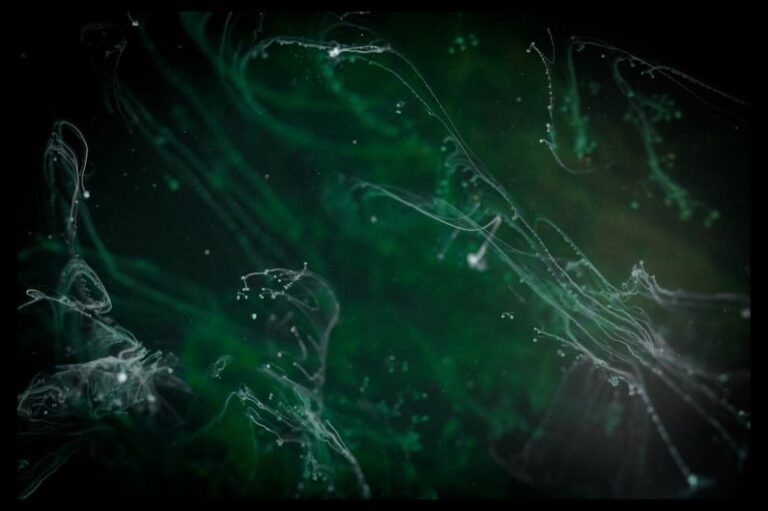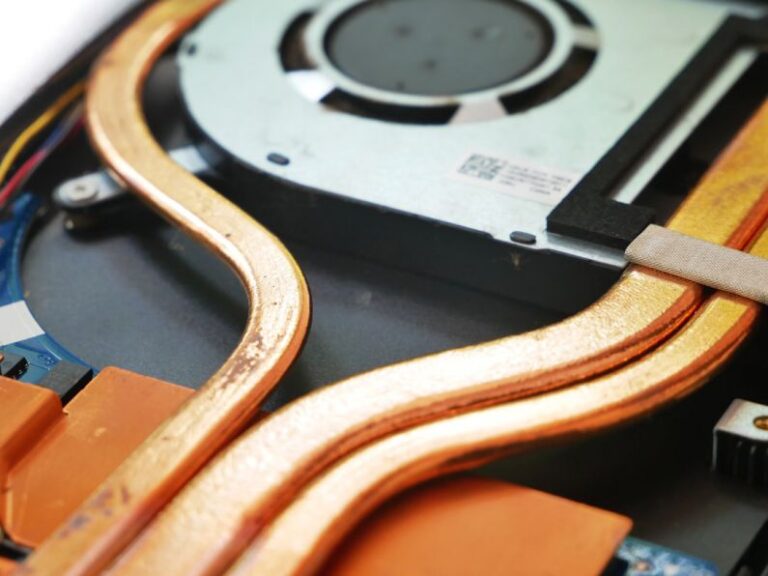Enhancing Tube Surface Quality with New Coating Techniques
In the world of manufacturing, surface quality plays a crucial role in the performance and longevity of various products. When it comes to tubes, the quality of the surface can impact everything from corrosion resistance to fluid flow efficiency. As technology continues to advance, new coating techniques are being developed to enhance tube surface quality and provide numerous benefits to a wide range of industries.
Understanding the Importance of Tube Surface Quality
The surface quality of tubes is vital in ensuring their functionality and durability in various applications. Whether used in the automotive industry, construction, or the oil and gas sector, tubes with superior surface quality offer improved performance and longevity. Factors such as corrosion resistance, wear resistance, and the ability to withstand high temperatures are all influenced by the quality of the tube’s surface. As such, manufacturers are constantly exploring new coating techniques to enhance these properties and meet the evolving needs of their customers.
Introducing Advanced Coating Techniques
Traditional methods of coating tubes often involve processes like painting, galvanizing, or powder coating. While these techniques have been effective to a certain extent, they may not always provide the desired level of surface quality. To address this limitation, manufacturers are turning to advanced coating techniques that offer superior performance and durability.
One such technique is physical vapor deposition (PVD), which involves depositing thin films of coating materials onto the surface of the tube through a vacuum process. This method creates a strong bond between the coating and the substrate, resulting in enhanced wear resistance and corrosion protection. PVD coatings can also improve the aesthetic appearance of the tubes, making them more visually appealing.
Another innovative coating technique is chemical vapor deposition (CVD), which involves chemically reacting gaseous precursors to deposit a solid coating onto the tube surface. CVD coatings are known for their excellent adhesion and uniformity, providing superior protection against corrosion and abrasion. Additionally, these coatings can be tailored to meet specific performance requirements, making them ideal for a wide range of applications.
Benefits of Enhanced Tube Surface Quality
By utilizing these new coating techniques, manufacturers can achieve several benefits that directly impact the performance and lifespan of their products. Enhanced surface quality can significantly improve corrosion resistance, protecting the tubes from environmental factors and chemical exposure. This is especially important in industries where tubes are subjected to harsh conditions, such as offshore drilling or chemical processing.
Improved wear resistance is another key advantage of advanced coating techniques. By applying coatings that are specifically designed to withstand friction and abrasion, manufacturers can extend the service life of their tubes and reduce maintenance costs. Additionally, these coatings can enhance the efficiency of fluid flow within the tubes, leading to energy savings and improved overall performance.
Enhancing tube surface quality also contributes to sustainability efforts by increasing the lifespan of products and reducing the need for frequent replacements. This not only benefits manufacturers in terms of cost savings but also helps minimize waste and environmental impact.
Innovations in Coating Technology
As technology continues to advance, the field of coating technology is also evolving rapidly. Researchers and manufacturers are constantly exploring new materials and processes to further enhance tube surface quality. Nanocoatings, for example, are being developed to provide superior protection at the nanoscale level, offering unprecedented durability and performance.
Furthermore, advancements in coating application techniques, such as plasma spraying and laser cladding, are enabling manufacturers to achieve precise and uniform coatings on complex tube geometries. These techniques allow for greater customization and flexibility in coating design, ensuring that the specific requirements of each application are met.
The future of tube surface quality is bright, with new coating techniques paving the way for enhanced performance, durability, and sustainability. By embracing these innovations, manufacturers can stay ahead of the curve and meet the evolving demands of their customers across various industries. As technology continues to progress, the possibilities for improving tube surface quality are endless, promising exciting developments and benefits for the manufacturing sector.






